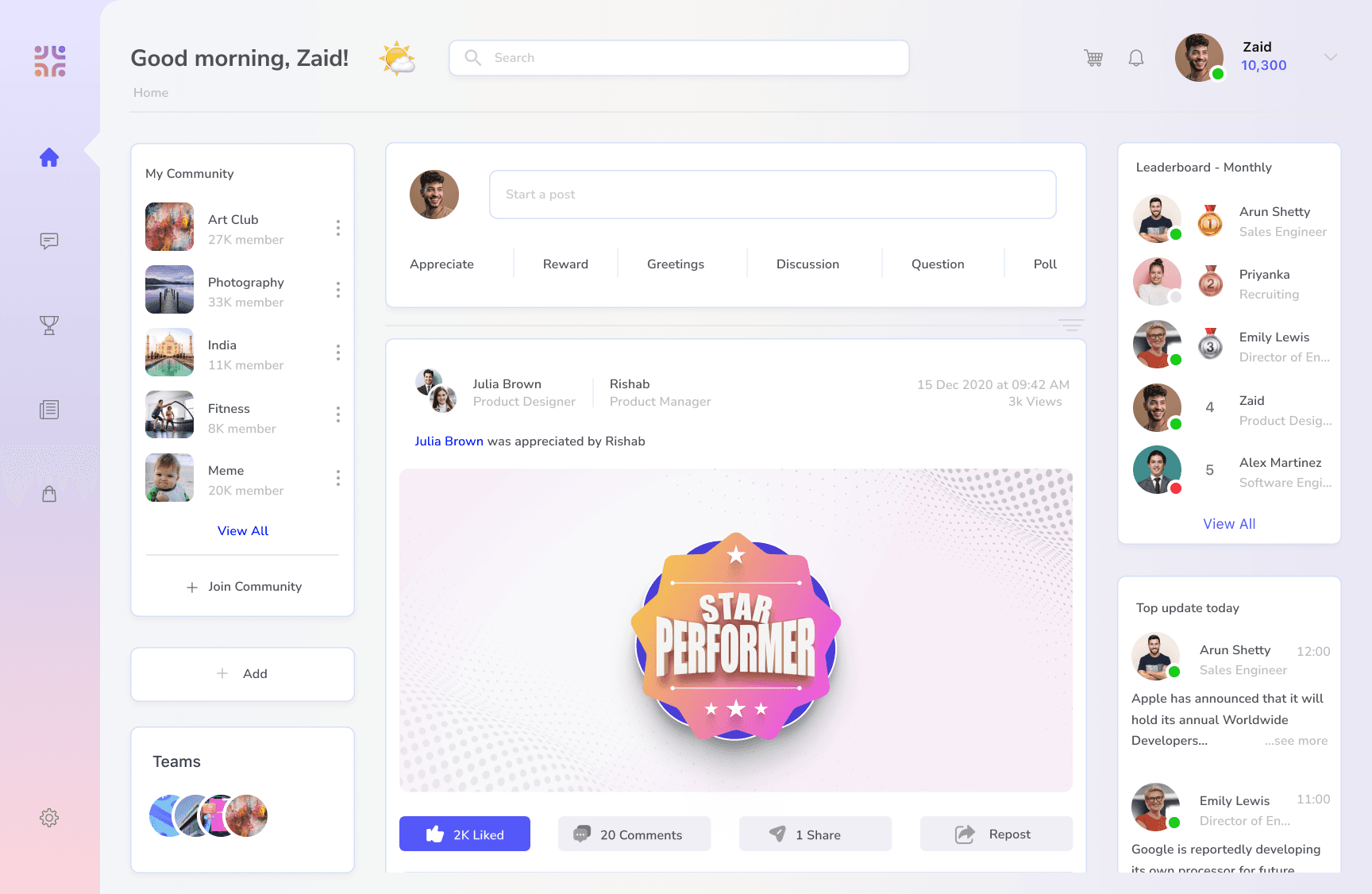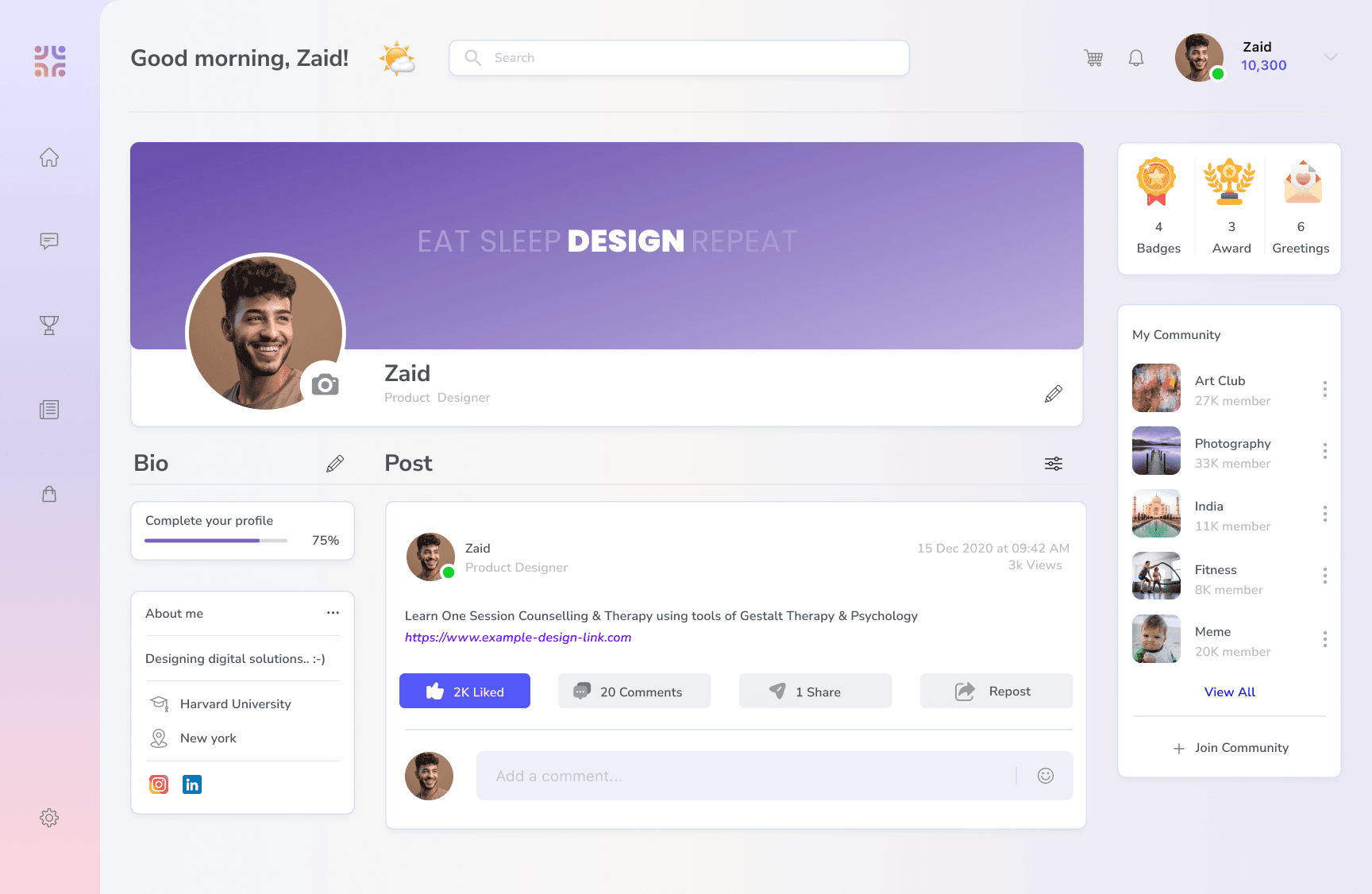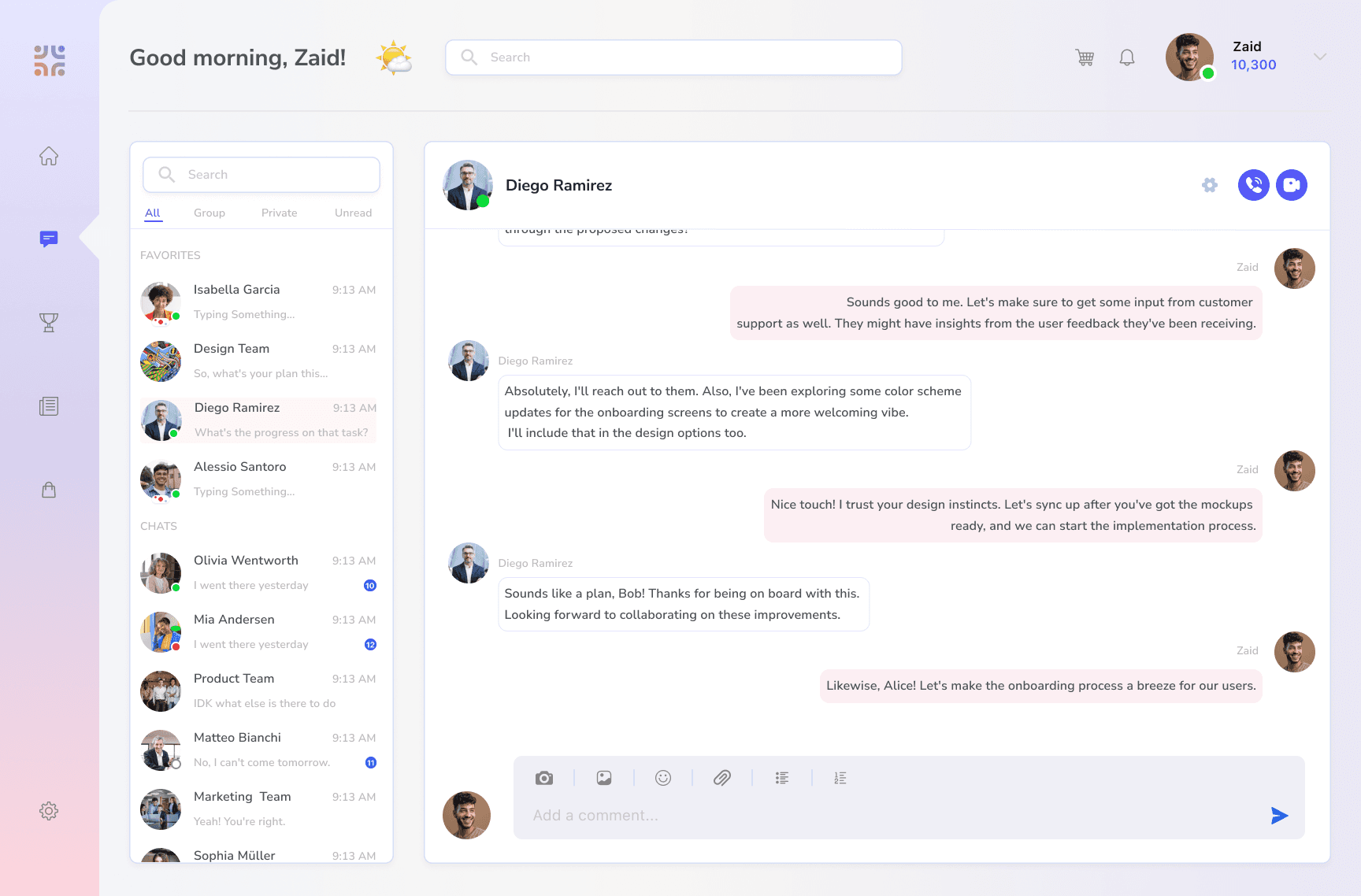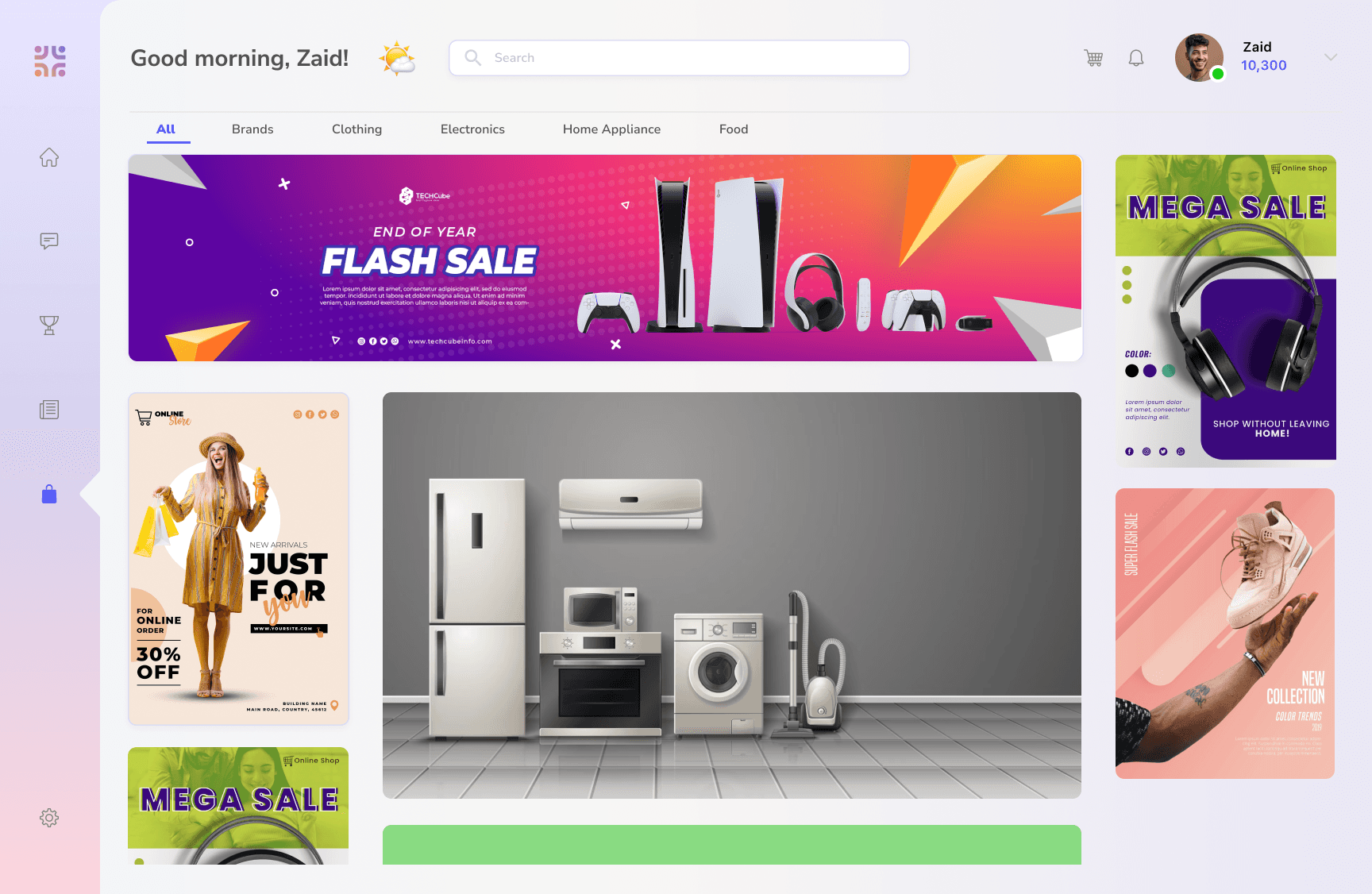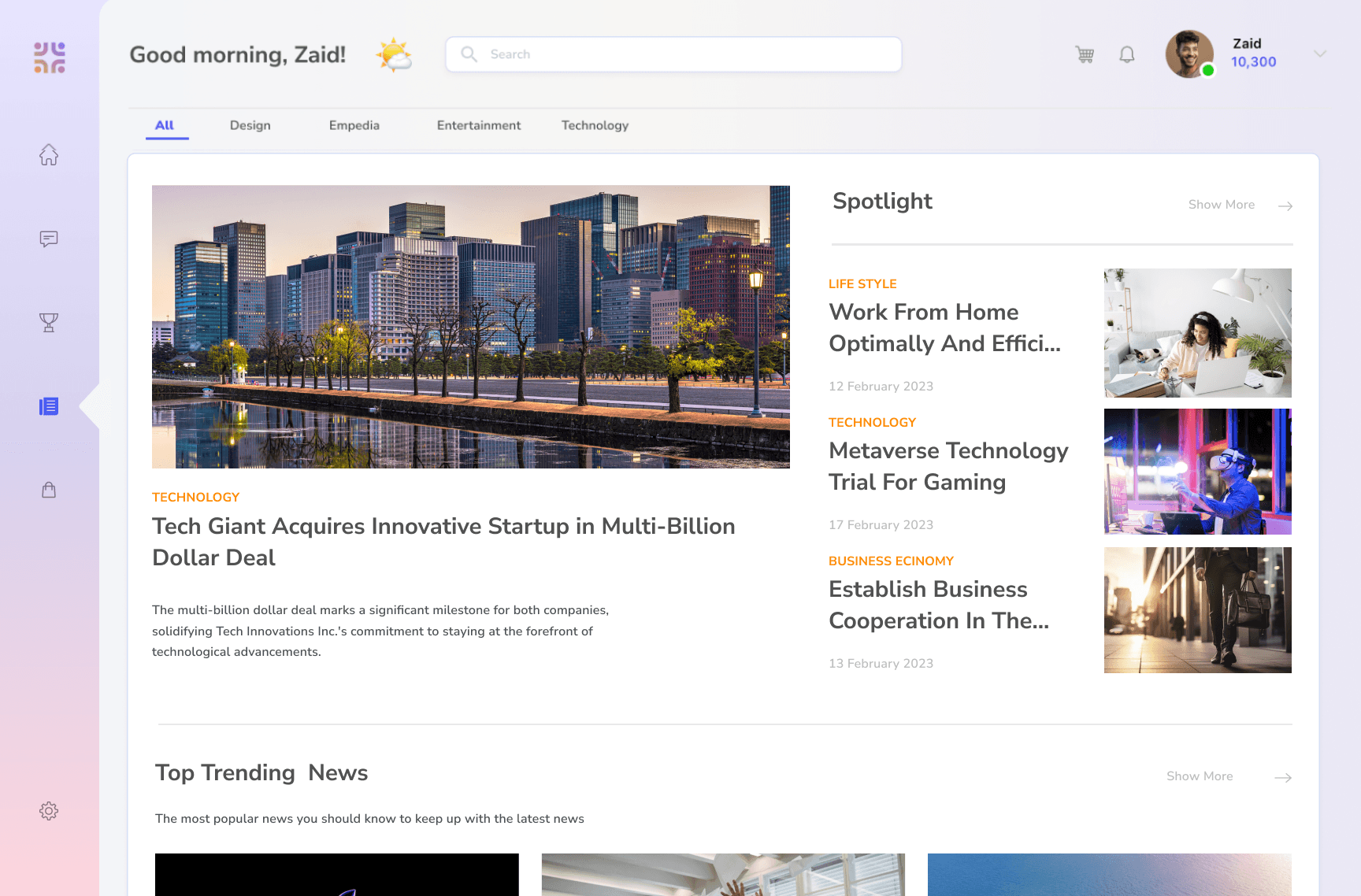My Role
Project Name: Swiggy
Duration: 8 hour
Project Type: Personal portfolio
Overview
Incorporating the ability to pin location manually and upload visual reference of location - to enable delivery agents to find destination easily.
About Swiggy
Swiggy is an Indian online on-demand food delivery platform designed to provide food from neighborhood restaurants to the customers. Apart from food delivery, Swiggy also provides on-demand grocery deliveries under the name Instamart and an instant package delivery service called Swiggy Genie.
The painpoint
Swiggy delivery agents find it difficult to accurately find the destination for deliveries. This issue arises due to limitations in current location-tracking technology or inaccuracies in map data, especially in areas where addresses are not clearly defined or standardized. The existing automated systems (like GPS coordinates) are not always sufficient or accurate, leading to challenges in efficient and timely deliveries.

Objective
To enhance the precision of delivery location information, thus making it easier for delivery agents to locate the correct destination without confusion or unnecessary delays.
Research
To understand the challenges faced by Swiggy users and their expectations, I used qualitative research to collect insights and understand patterns. I interviewed 12 people among friends and family. Here are snapshots of the learnings from two of them.

Survey results 📝

Proposed Solution
Implementing a feature that allows customers to manually pin their exact location on the Swiggy app will significantly improve the precision of delivery locations. This will reduce the time and effort required for delivery agents to find the correct destination, leading to fewer delivery delays and increased overall efficiency in the delivery process."
Incorporating a feature for customers to upload visual references of their delivery destination within the Swiggy app will aid delivery agents in accurately identifying the correct delivery spot. This visual aid will decrease confusion and search time for delivery agents, thereby enhancing the timeliness and customer satisfaction of Swiggy's delivery services."
User Flow

Screen
Project on progress





